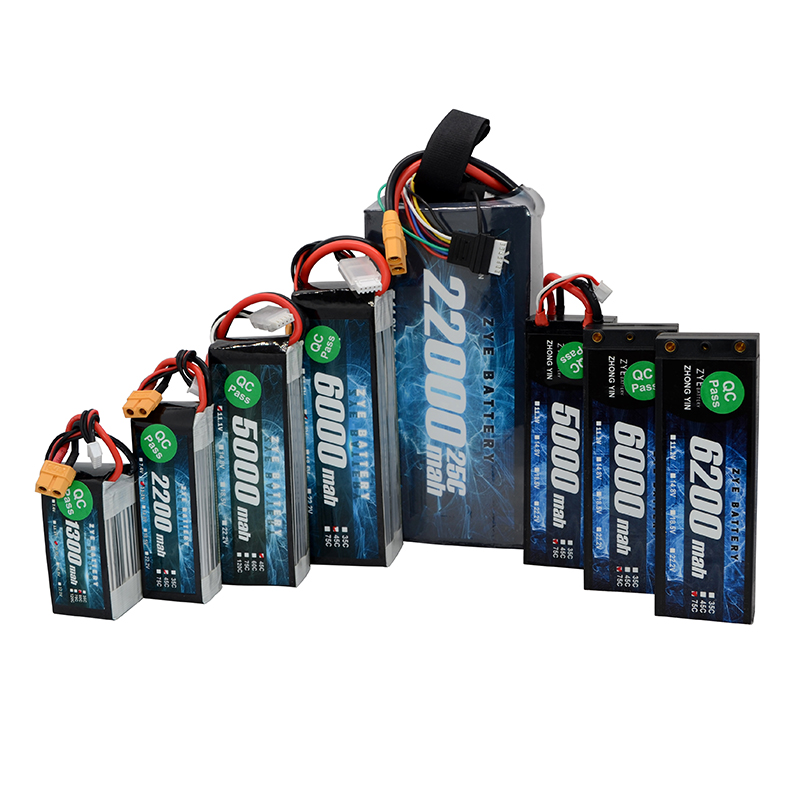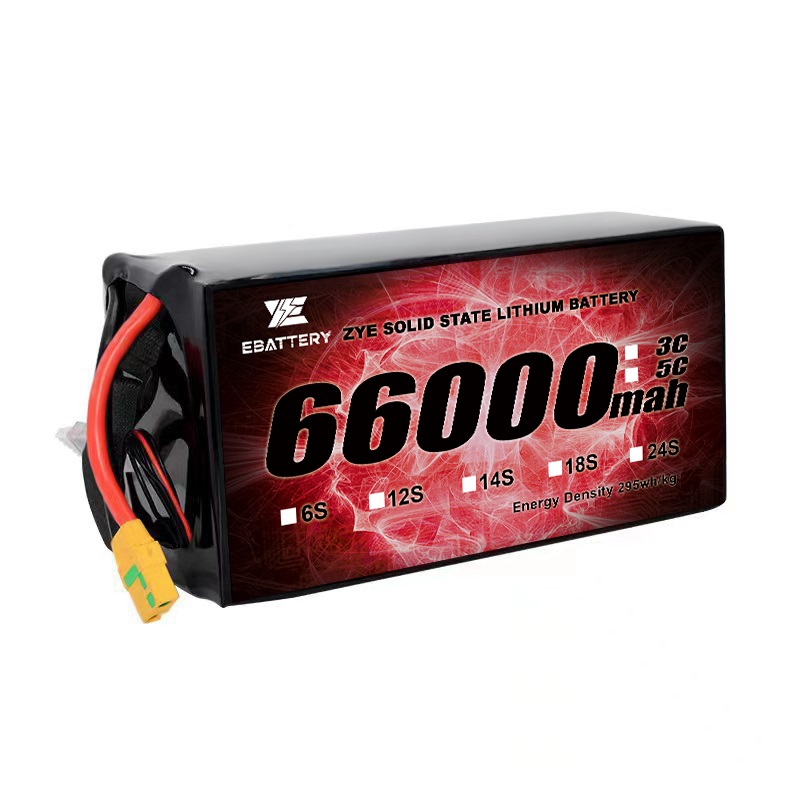How Does a Semi Solid State Battery Compare to a Full Solid State Battery?
2025-07-21
While both semi solid state and full solid state batteries represent advancements over traditional lithium-ion batteries, they have distinct characteristics that set them apart. Understanding these differences is crucial for determining which technology is best suited for specific applications.
In this comprehensive guide, we'll explore the intricacies of semi solid state batteries, their working principles, and how they compare to their full solid state counterparts.
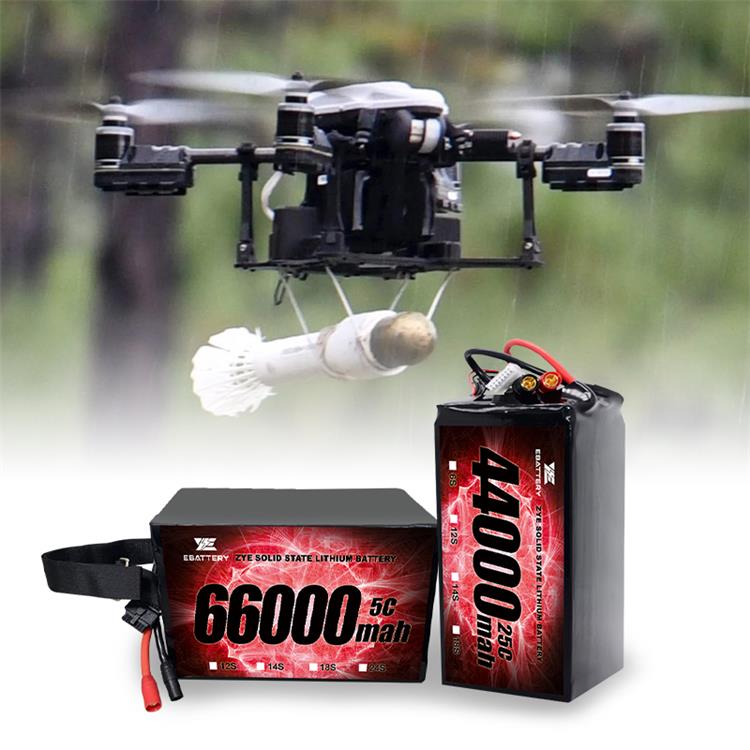
Electrolyte Composition
Semi Solid State Battery: Uses a gel-like or polymer electrolyte infused with liquid components.
Full Solid State Battery: Employs a completely solid electrolyte, typically made of ceramic or polymer materials.
Ion Conductivity
Semi Solid State Battery: Generally offers higher ion conductivity due to the presence of liquid components in the electrolyte, allowing for faster charging and discharging rates.
Full Solid State Battery: May have lower ion conductivity, especially at room temperature, which can impact charging speeds and power output.
Energy Density
Semi Solid State Battery: Provides improved energy density compared to traditional lithium-ion batteries, but may not reach the theoretical maximum of full solid state batteries.
Full solid-state-battery: Has the potential for even higher energy density, as it can use lithium metal anodes more effectively.
Safety
Semi Solid State Battery: Offers enhanced safety over liquid electrolyte batteries due to reduced risk of leakage and thermal runaway.
Full Solid State Battery: Provides the highest level of safety, as the completely solid electrolyte eliminates the risk of leakage and significantly reduces the chances of thermal runaway.
Manufacturing Complexity
Semi Solid State Battery: Generally easier to manufacture than full solid state batteries, as the production process is more similar to that of traditional lithium-ion batteries.
Full Solid State Battery: Often more challenging to manufacture at scale due to the complexities of producing and integrating fully solid electrolytes.
Temperature Sensitivity
Semi Solid State Battery: May be less sensitive to temperature fluctuations compared to full solid state batteries, potentially offering better performance across a wider temperature range.
Full Solid State Battery: Can be more sensitive to temperature changes, which may affect performance in extreme conditions.
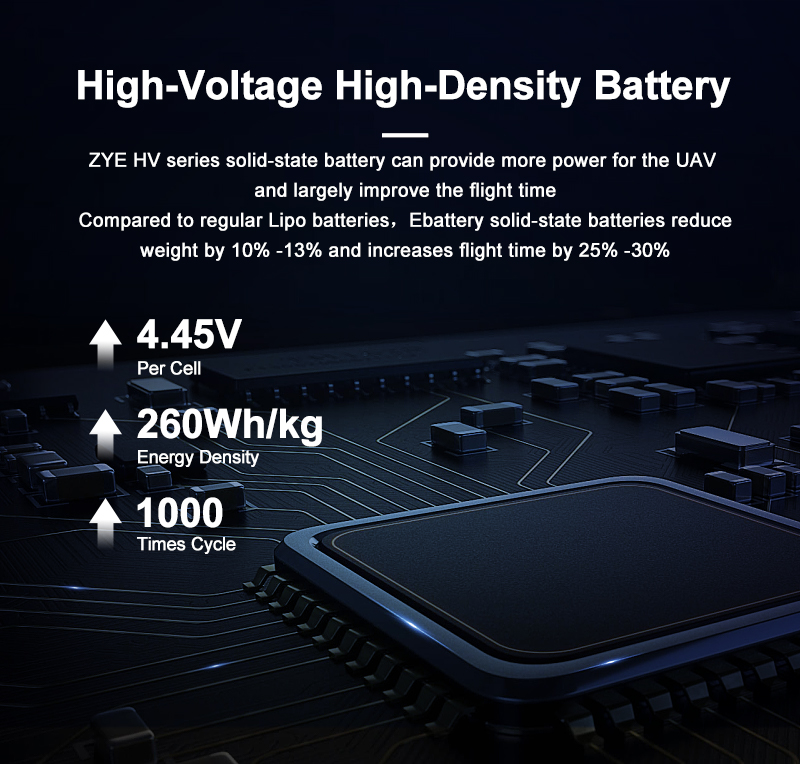
Cycle Life
Semi Solid State Battery: Generally offers improved cycle life compared to traditional lithium-ion batteries, but may not match the potential longevity of full solid state batteries.
Full Solid State Battery: Has the potential for extremely long cycle life due to the stability of the solid electrolyte, which can reduce degradation over time.
While full solid-state-battery may offer the ultimate in energy density and safety, semi solid state batteries represent a practical intermediate step that balances performance improvements with manufacturability. As research and development continue, both technologies are likely to play important roles in the future of energy storage.
What Are the Challenges in Developing high-energy-density-solid-state-battery Technology?
Despite the promising outlook, several hurdles must be overcome before solid state batteries can achieve widespread commercial adoption:
1. Manufacturing Scalability: Current production methods for solid state batteries are complex and expensive, making large-scale manufacturing challenging.
2. Interface Stability: Maintaining stable contact between the solid electrolyte and electrodes over numerous charge cycles remains a significant technical challenge.
3. Material Selection: Identifying and optimizing materials that offer the right balance of conductivity, stability, and cost-effectiveness is ongoing.
4. Low-Temperature Performance: While solid state batteries excel at high temperatures, their performance at lower temperatures still needs improvement.
5. Cost Reduction: The current high cost of production limits the commercial viability of solid state batteries, necessitating further research and development to reduce expenses.
Overcoming these challenges requires continued investment in research and development, as well as collaboration between academia, industry, and government entities.
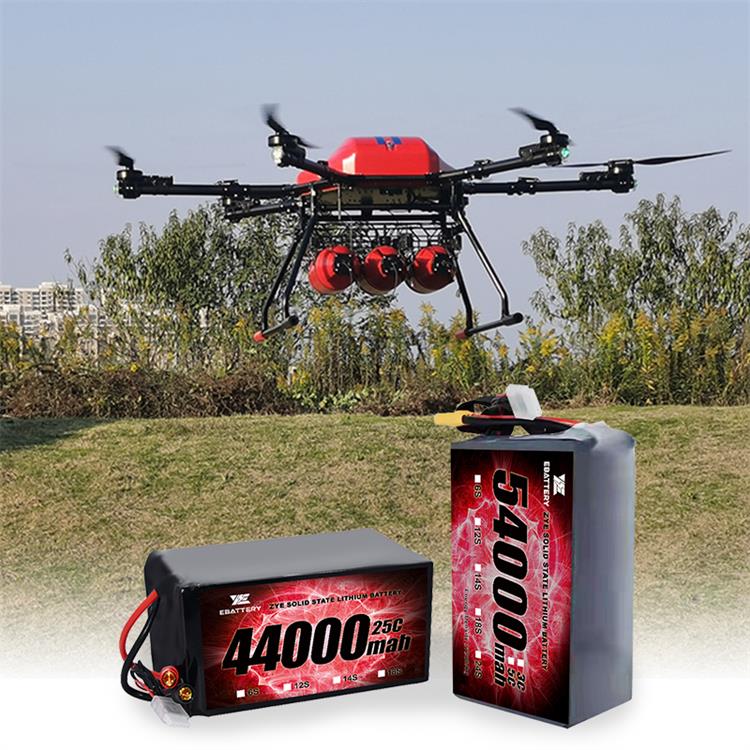
The journey toward perfecting high-energy-density-solid-state-battery is complex but filled with potential. As researchers and engineers work tirelessly to address the current limitations, we inch closer to a future where safe, efficient, and long-lasting energy storage becomes a reality across various applications.
If you're interested in learning more about semi solid state battery or exploring how this technology can benefit your applications, we invite you to get in touch with our team of experts. At ZYE, we're committed to staying at the forefront of battery innovation and providing cutting-edge solutions to meet your energy storage needs.
Contact us at coco@zyepower.com to discuss how semi solid state batteries can revolutionize your power systems and drive your projects forward. Our knowledgeable staff is ready to answer your questions and help you find the perfect energy storage solution for your unique requirements.























































